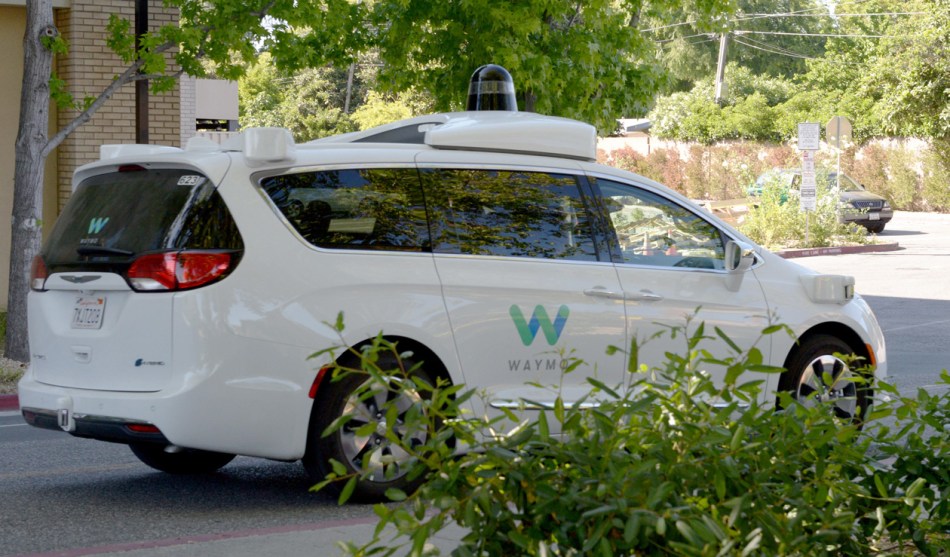
Andrej Sokolow/DPA via ZUMA
Driverless cars are getting closer:
Waymo, the autonomous car company from Google’s parent company Alphabet, has started testing a fleet of self-driving vehicles without any backup drivers on public roads, its chief executive said Tuesday. The tests, which will include passengers within the next few months, mark an important milestone that brings autonomous vehicle technology closer to operating without any human intervention.
….The tests are a show of engineering prowess by Waymo at a time when traditional automakers and other tech companies like Uber race to develop similar vehicles….Waymo said its driverless cars hit the public roads last month. The company did not say whether it was testing the driverless cars in environments considered challenging for autonomous vehicles, like bridges or tunnels, or more difficult conditions, like driving at night or in rain and snow — usually not a big concern in the dry Phoenix climate.
Waymo’s CEO says, “Fully self-driving cars are here,” which may be a bit of puffery but probably isn’t too far from the truth. But here’s something I don’t get:
Waymo is limiting the trials to a region around Phoenix, where it has been conducting a ride-testing program this year, and plans to expand the testing area over time. The company said it planned to use the driverless vehicles to launch a commercial ride-hailing service for the general public, but did not offer any detail on when, where or how.
I Am Not An Engineer, but it strikes me that a commercial taxi is one of the hardest things for a self-driving car to do. The car has to be prepared to go absolutely anywhere. The passengers are different every time. And the technology has to be able to negotiate things like airports, which strikes me as a challenge.
Wouldn’t it be easier to start off with something that drives a semi-fixed route? Or perhaps a limited number of fixed routes? Or even a leasing program, where the cars are used by people who could receive a little bit of training about what to expect and how to interact with the car?
Why is everyone so obsessed with ride hailing services?


















